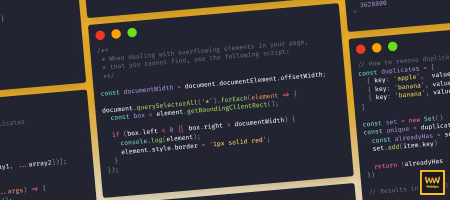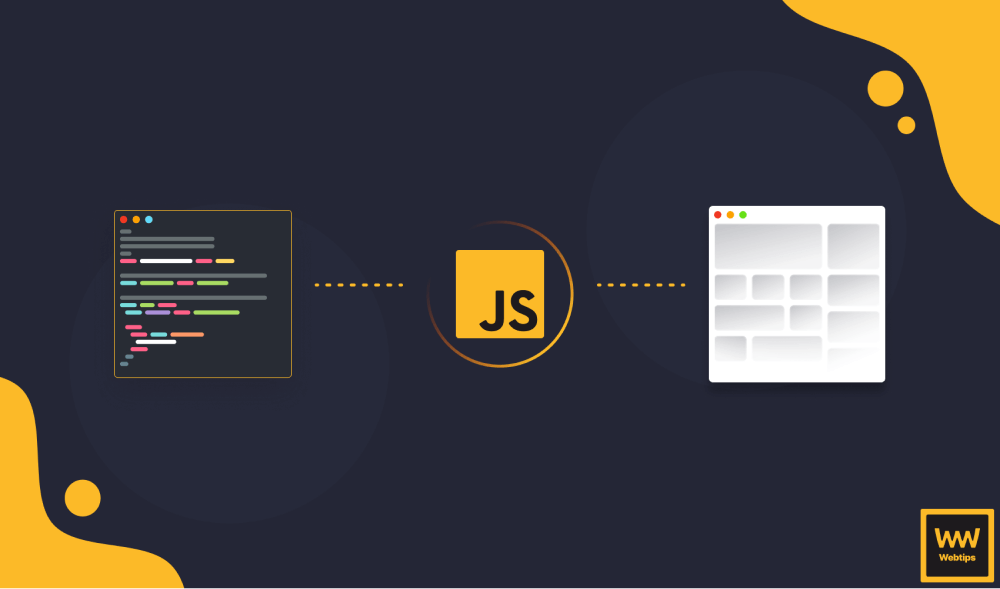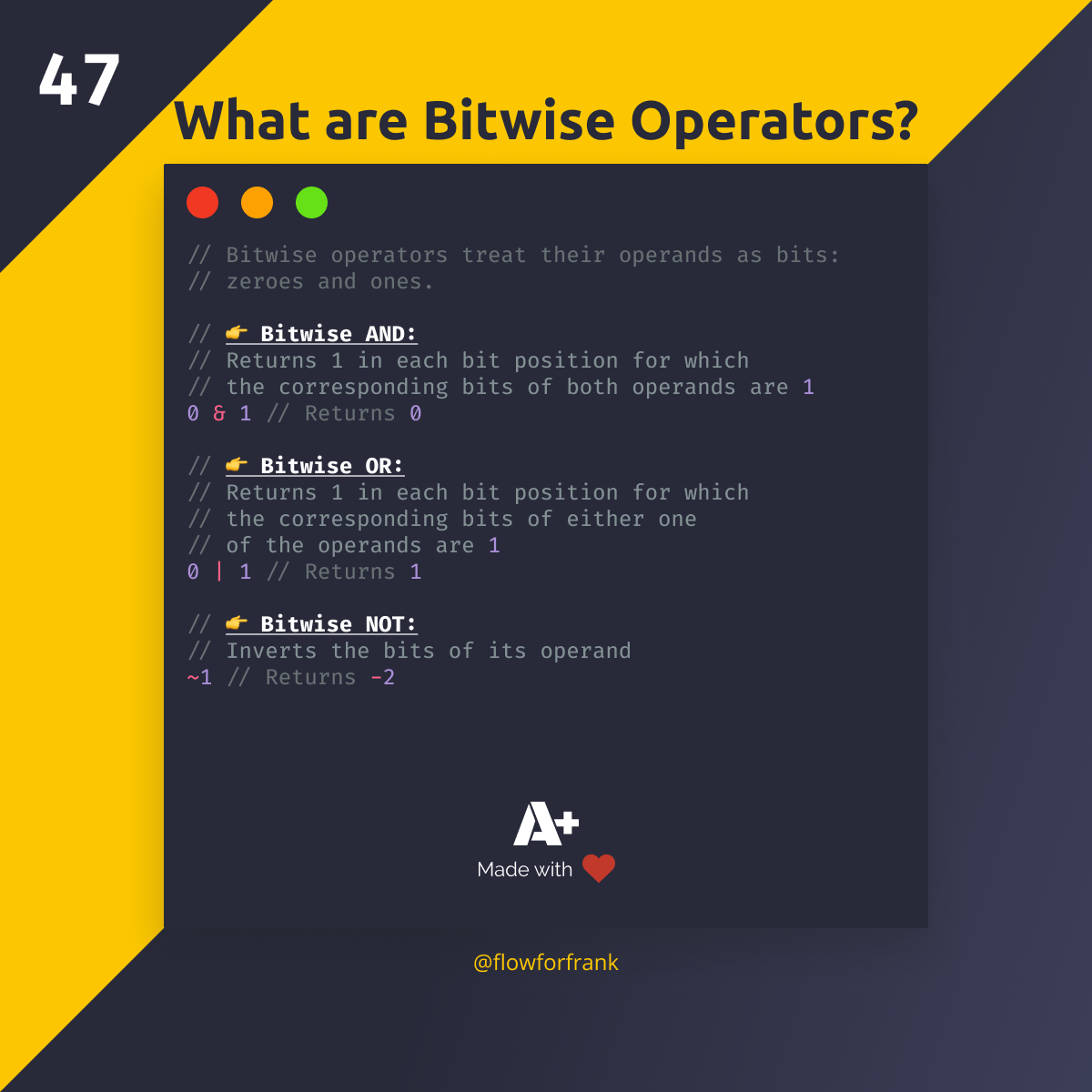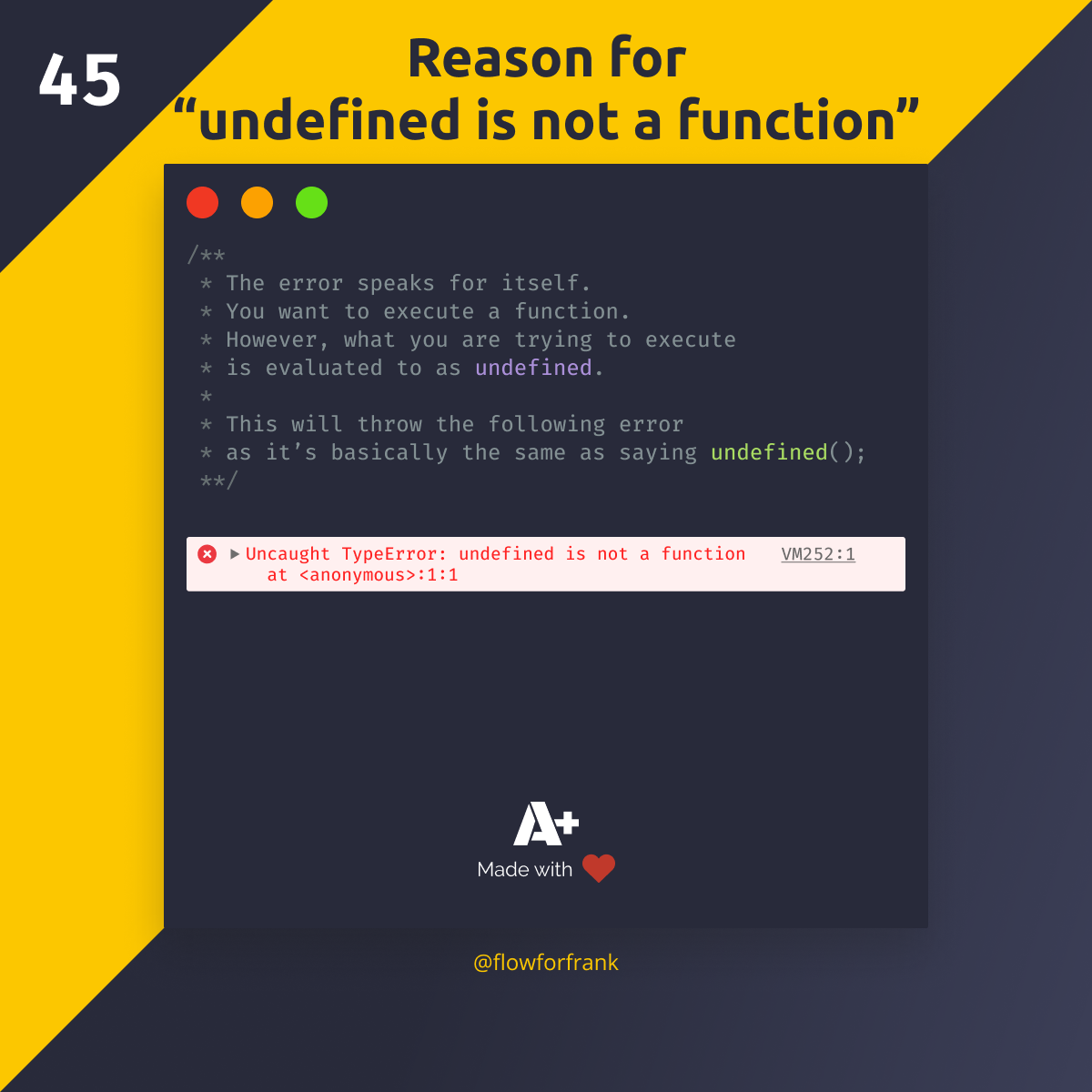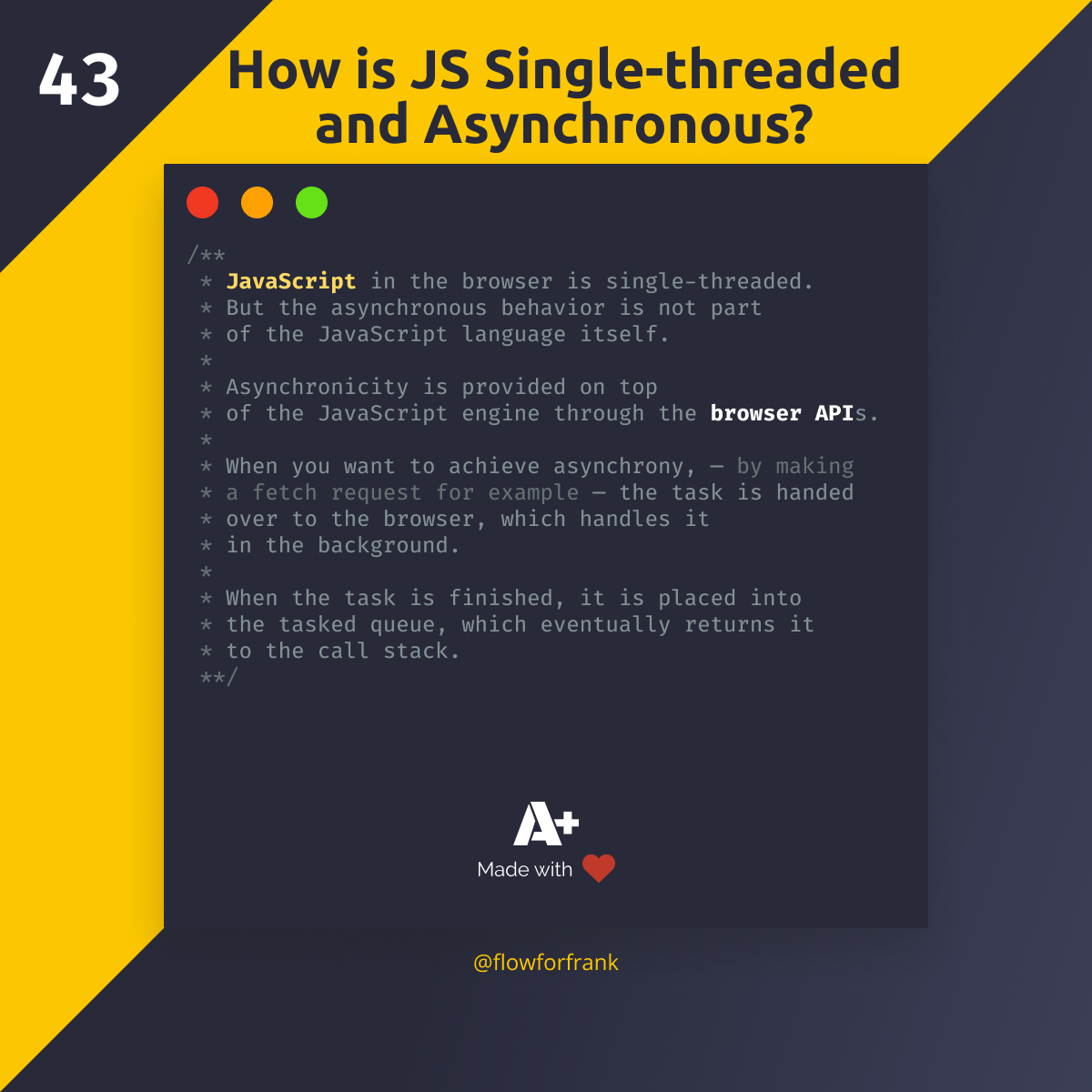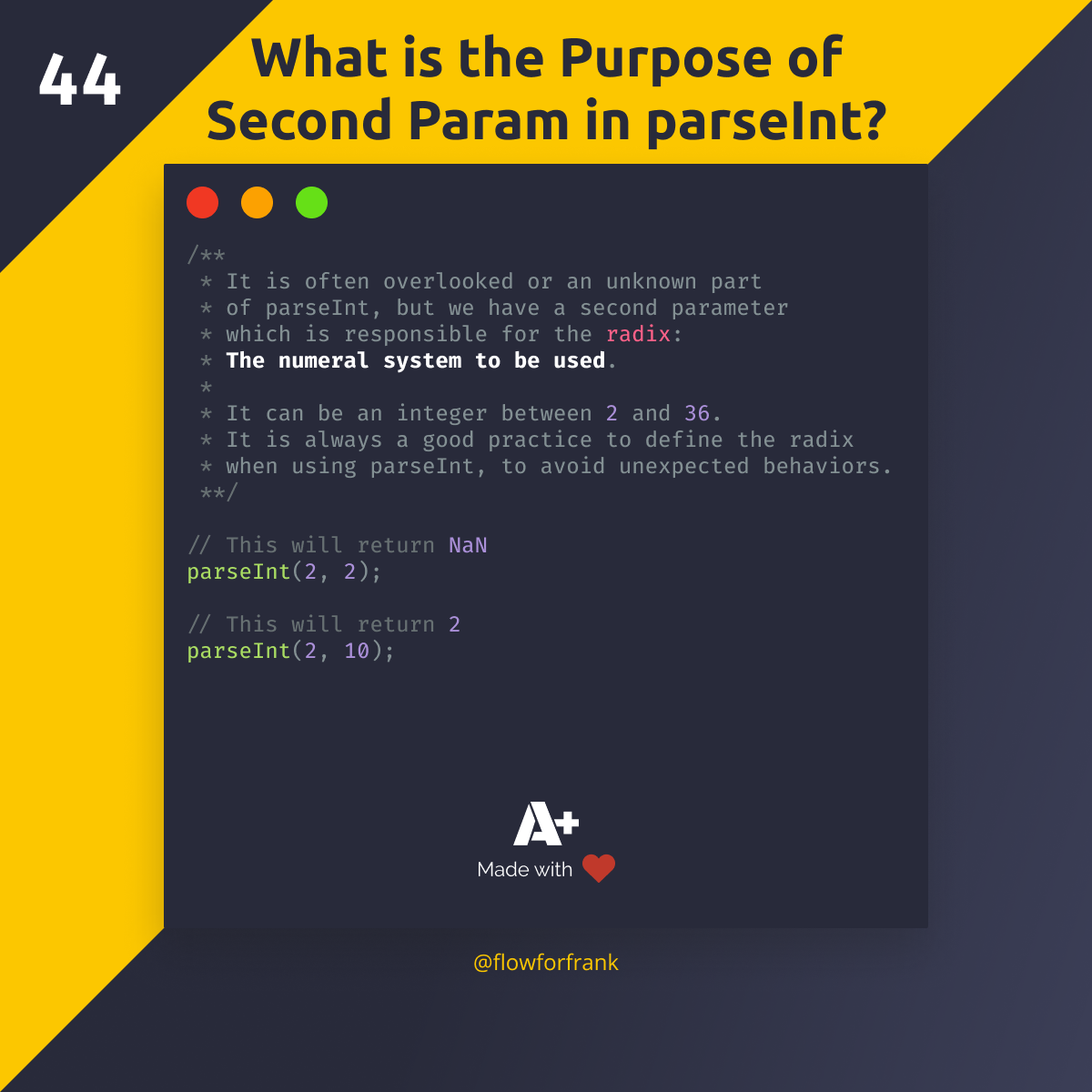
What is the Purpose of the Second Param in parseInt?
It is often overlooked or an unknown part of parseInt, but we have a second parameter that is responsible for the radix: The numeral system to be used. It can be an integer between 2 and 36. It is always a good practice to define the radix when using parseInt. Take the following as an example:
// This will return NaN
parseInt(2, 2);
// This will return 2
parseInt(2, 10);If you simply want to convert a string into a number, you can also use the Number function more reliably, which doesn't require a radix:
Number('2'); // returns 2
Number(2); // returns 2
Number('a'); // returns NaNWhen the function is used on an invalid number, it will return NaN.

Resources:

Rocket Launch Your Career
Speed up your learning progress with our mentorship program. Join as a mentee to unlock the full potential of Webtips and get a personalized learning experience by experts to master the following frontend technologies:
